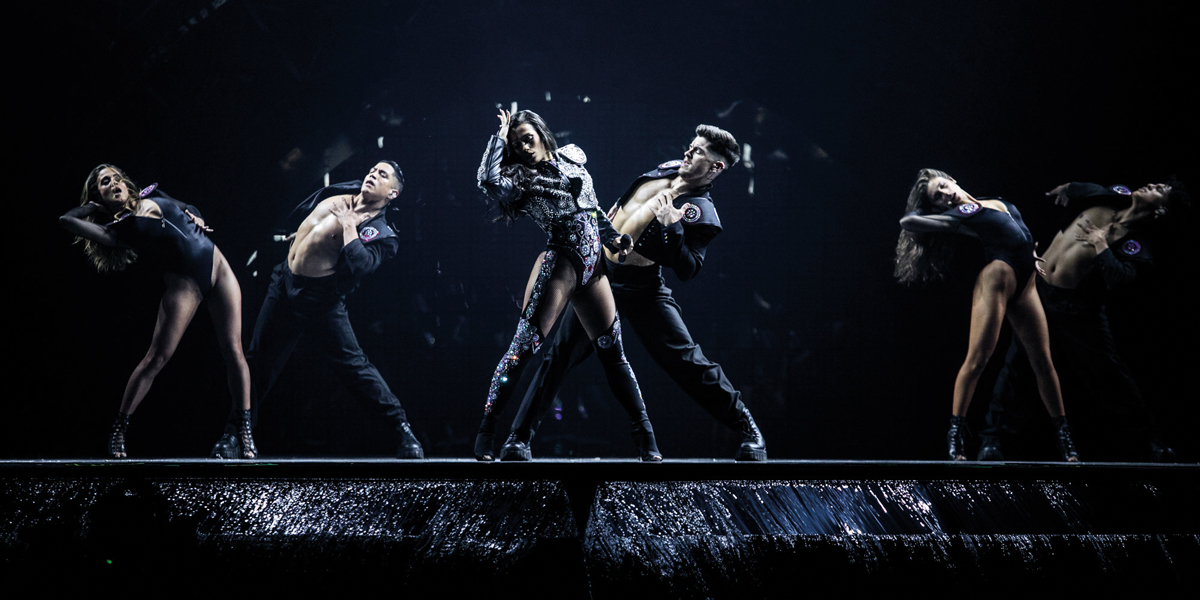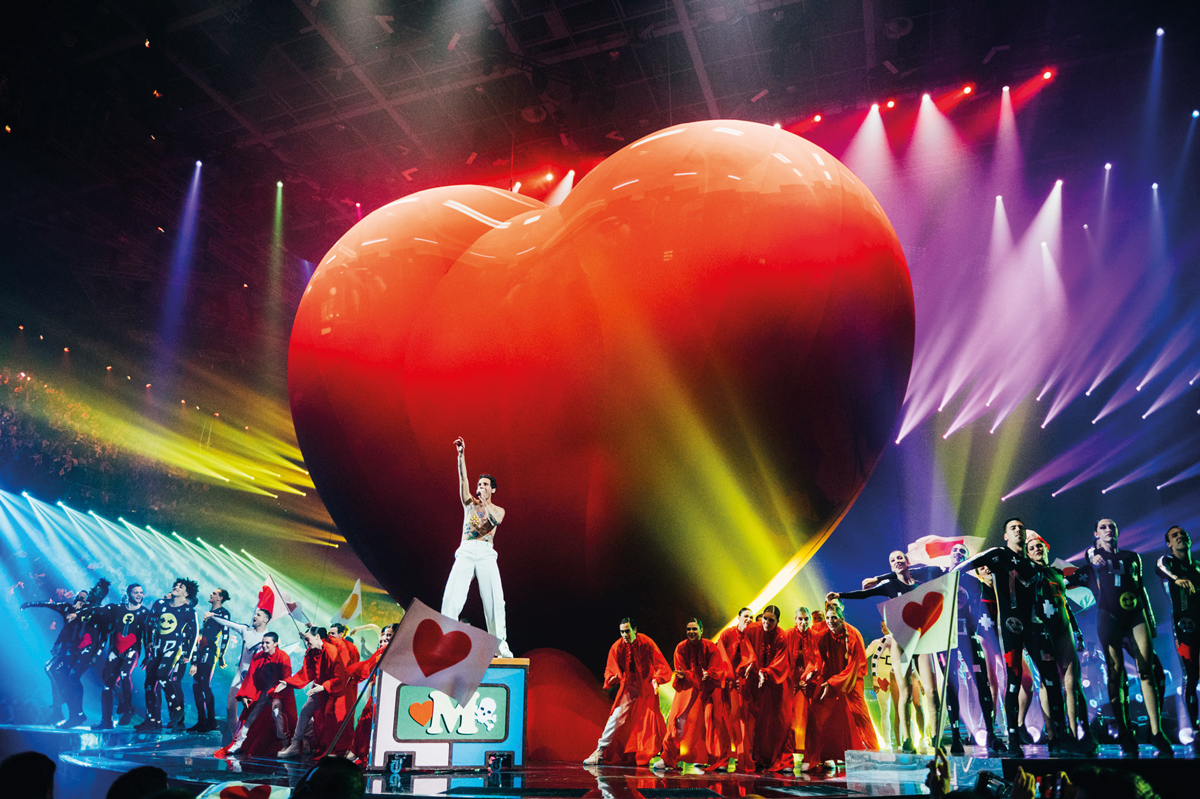Documenting Eurovision

Posted on Jun 25, 2024 by FEED Staff
With Eurovision 2024 done and dusted, MPB talked to Corinne Cumming and Sarah Louise Bennett – who photographed 2022’s show in Turin – to find out what it’s like to capture
Sponsored editorial
Watched by more than 200 million people worldwide, the Eurovision Song Contest is one of the most iconic entertainment events in the world. But what’s it like to photograph the historic event?
MPB lent photographers Corinne Cumming and Sarah Louise Bennett some much-loved Nikon and Canon kit for 2022’s event.
Q: What kit did you borrow and were you happy with the results?
CC: I borrowed the Canon EF 100-400mm f/4.5-5.6L IS II USM and a Canon EOS 5D Mark IV to take to Eurovision in Turin. I already have a Mark IV, so having a second made my two DSLR camera set-ups a lot easier as they were both touchscreen. The real game changer was the lens. Even though I was shooting from the green room, which is very close to the stage, I needed the extra zoom. I took some of my favourite pictures on that lens.
SLB: The Nikon AF-S 200-400mm f/4G ED VR II was brilliant for Eurovision. Having previously photographed other music television broadcasts for the BBC, I know that the live broadcast takes priority over stills – I have to work around the multiple television cameras, so I often won’t have my ideal shooting position. The huge focal length meant I could get the close-ups needed from much further back, while the consistent f/4 aperture allowed me to keep my shutter speed high to freeze all the action and choreography.
Q: What else was in your kitbag and how important is it to have the right set-up?
CC: The Canon 70-200mm f/4, Canon 16-35mm f/2.8 and a Canon 24-70mm f/2.8. For my two-camera set-up, I also have a Blackrapid dual-shoulder harness and a Think Tank belt with a Lens Changer 35 pouch and another zip-up pouch for spare batteries and memory cards. The most important thing for big events like these is having lenses that cover a wide variety of scenarios. I like a wide lens for crowd shots, 24-70mm for portraits and less zoomed-in shots of the stage and the 100-400mm for close-ups. If I didn’t have those bases covered, I couldn’t do the job to the best of my ability.
SLB: I brought my Nikon D850 and Nikon Z6 II, the FTZ adapter for the Z6 II, the Nikon AF-S 24-70mm f/2.8G and Nikon AF-S 70-200mm f/2.8 ED VR II. They’re both older lenses but built solidly and work perfectly.

Q: What does a day as a Eurovision photographer look like?
CC: The great thing about Eurovision for me was that no two days looked the same. In the first week, I was shooting portraits in a makeshift studio with rented Profoto lights, but I was also shooting the live rehearsals that week. The second week, we had the turquoise carpet event, which was higher pressure for some of the team. Sarah and Andres’ photos had to go out to press live, whereas my portraits were being held to post the next day as I needed to do some retouching).
The really busy week was finals week. We would wake up early in the morning to finish editing our photos from the day before. Around 1pm, we would be picked up at our hotel and taken to the venue where we would shoot the first rehearsal of the day. Between that rehearsal and either the second rehearsal or the live show, we would do more editing and also cover any press briefings, maybe shove some pasta in our faces and then shoot the show in the evening.
SLB: I joined the Eurovision crew a week before the final, and first up for me was capturing the action on the turquoise carpet at the opening ceremony. For the other days, we would technically be shooting two shows a day.
Each live show had two dress rehearsals the day before, followed by a third rehearsal and the actual live broadcast show the next day, meaning we’d cover each show four times. We’d actually use the rehearsals to try to capture as much of the action as possible and have it banked to go out as the live show was happening since there’s no way to edit it all that quickly.
Q: What would be your top tip for event photography?
CC: My top tip for shooting events is one I’ve stolen from Art Streiber. He said in a talk once that you have to be the right amount of both prepared and flexible as a photographer, which is honestly so accurate. Things never go completely to plan, but you can’t let that throw you. You just have to do your best in any circumstance and trust yourself and your skills.
SLB: For anyone doing live event photography, I’d say that the most important thing you can do is get to know your equipment and how it works so you don’t have to think about the technical stuff at all. It should all be muscle memory.
Of course, it takes a lot of time and practice, but it means you can then focus entirely on what’s happening and how best to document it – not your settings.
This feature was first published in the Summer 2024 issue of FEED.









